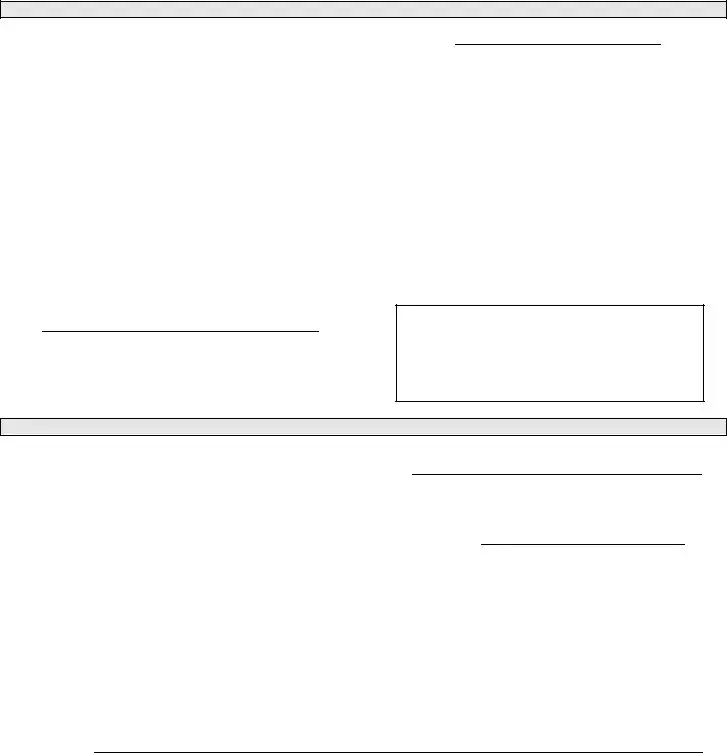What is an Employment Verification Form?
An Employment Verification Form is a document used by employers to confirm the employment status of current or former employees. This form typically includes information such as the employee's job title, dates of employment, and salary details, among other things. It's often requested by third parties, such as lenders or landlords, to verify an individual's employment situation.
Who needs to fill out an Employment Verification Form?
This form should be filled out by the employer or the human resources representative responsible for handling employment records within the company. It's important that the individual completing the form has access to the employee's employment information to ensure its accuracy.
How can an employee request an Employment Verification Form?
Employees in need of employment verification should request this form from their employer, typically through their human resources department. It's advisable for the employee to provide clear information about the purpose of the request and any deadlines by which the completed form is needed.
What kind of information is required on an Employment Verification Form?
The form usually requires basic information about the employee, including their full name, job title, and employment dates. Additionally, it may ask for salary information, work schedule, and the reason for termination if applicable. The specific details required can vary depending on the purpose of the verification.
Is an employee's consent needed to release their employment information?
Yes, in many cases, an employee's written consent is required before their employment information can be disclosed to a third party. This is to ensure the privacy and security of the employee's personal and employment data.
How long does it take to process an Employment Verification Form?
The processing time can vary depending on the company's policies and the method used to verify the information (e.g., manually or electronically). However, it's generally recommended that requesters allow at least one week for the verification process to be completed.
Can an Employment Verification Form be submitted electronically?
Yes, many companies and third-party requesters prefer electronic submission of employment verification forms for efficiency and ease of processing. It's important to check with the issuing or requesting party for their preferred method of submission.
Are there any legal restrictions on the use of Employment Verification Forms?
Yes, laws such as the Fair Credit Reporting Act (FCRA) may impose restrictions on how employment verification information can be used and who can request it. Employers must ensure compliance with all relevant laws and regulations when issuing employment verifications.
What if an employer refuses to complete an Employment Verification Form?
If an employer refuses to complete the form, the employee might explore other ways to verify employment, such as providing pay stubs or tax documents. However, employees should first attempt to understand the reasons for the refusal and seek resolution, if possible.
Can an Employment Verification Form affect my credit score?
No, an Employment Verification Form itself has no direct impact on an individual's credit score. However, the form may be used in processes that affect credit, such as loan approval procedures, where employment verification is a factor in the decision-making process.

